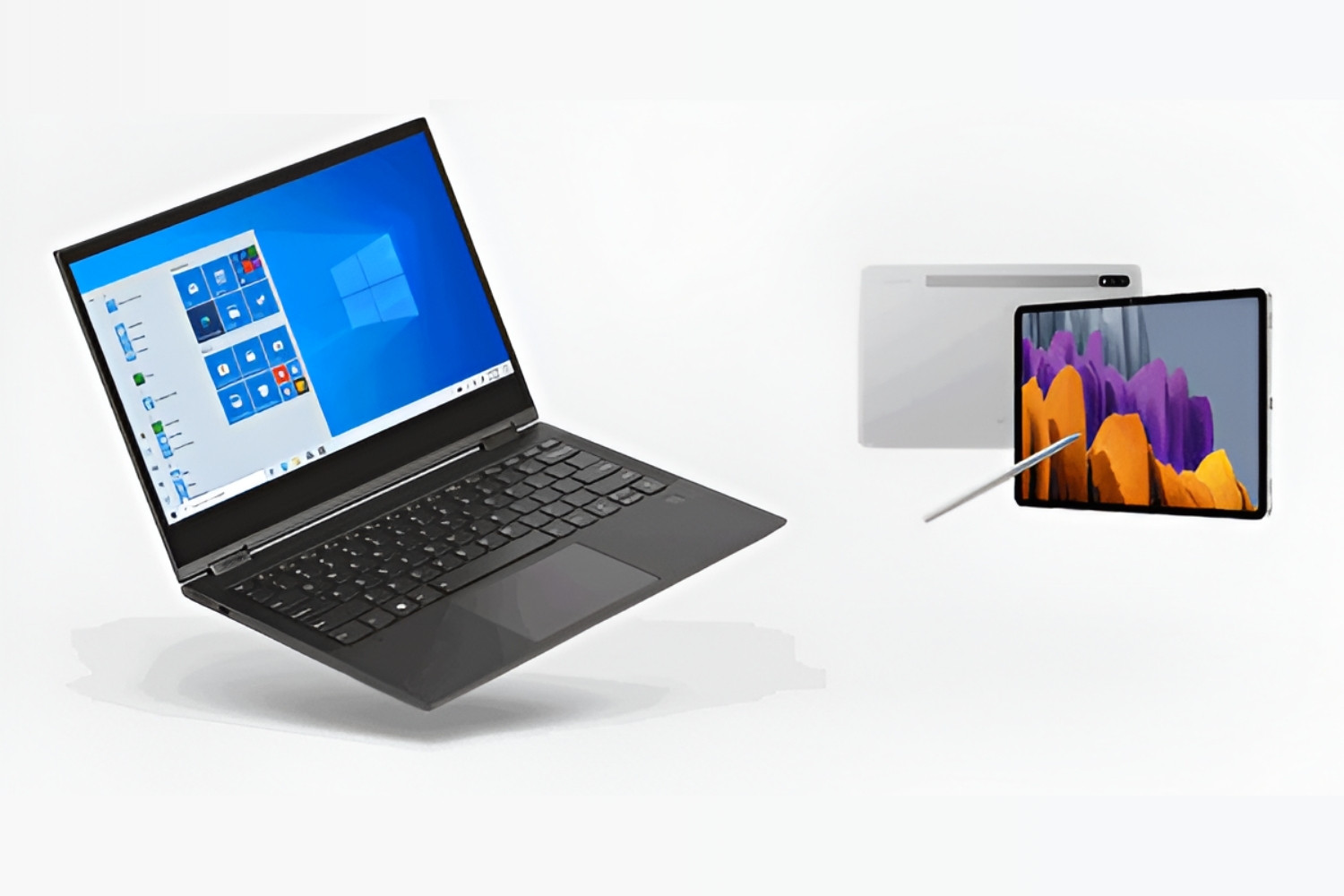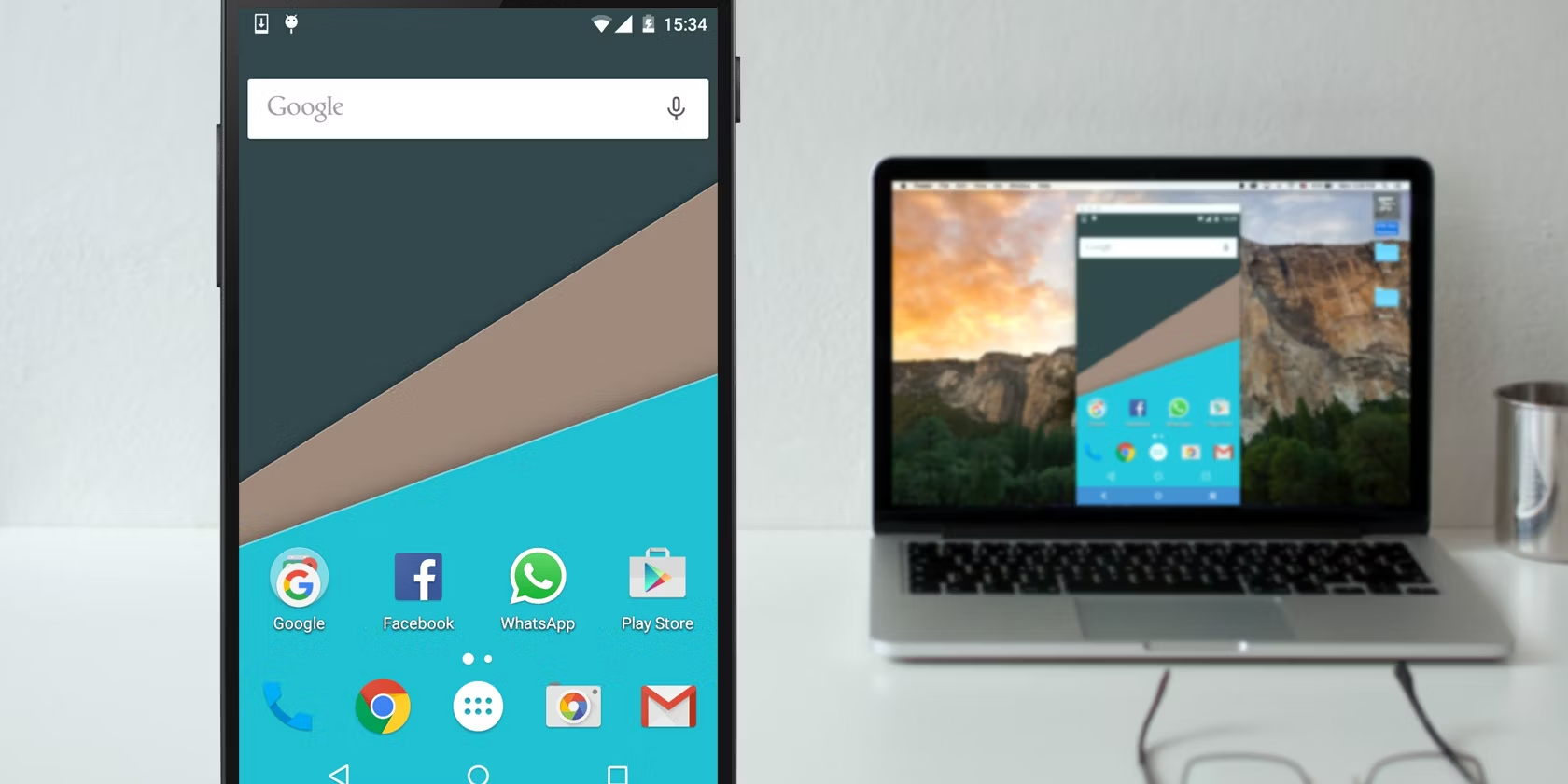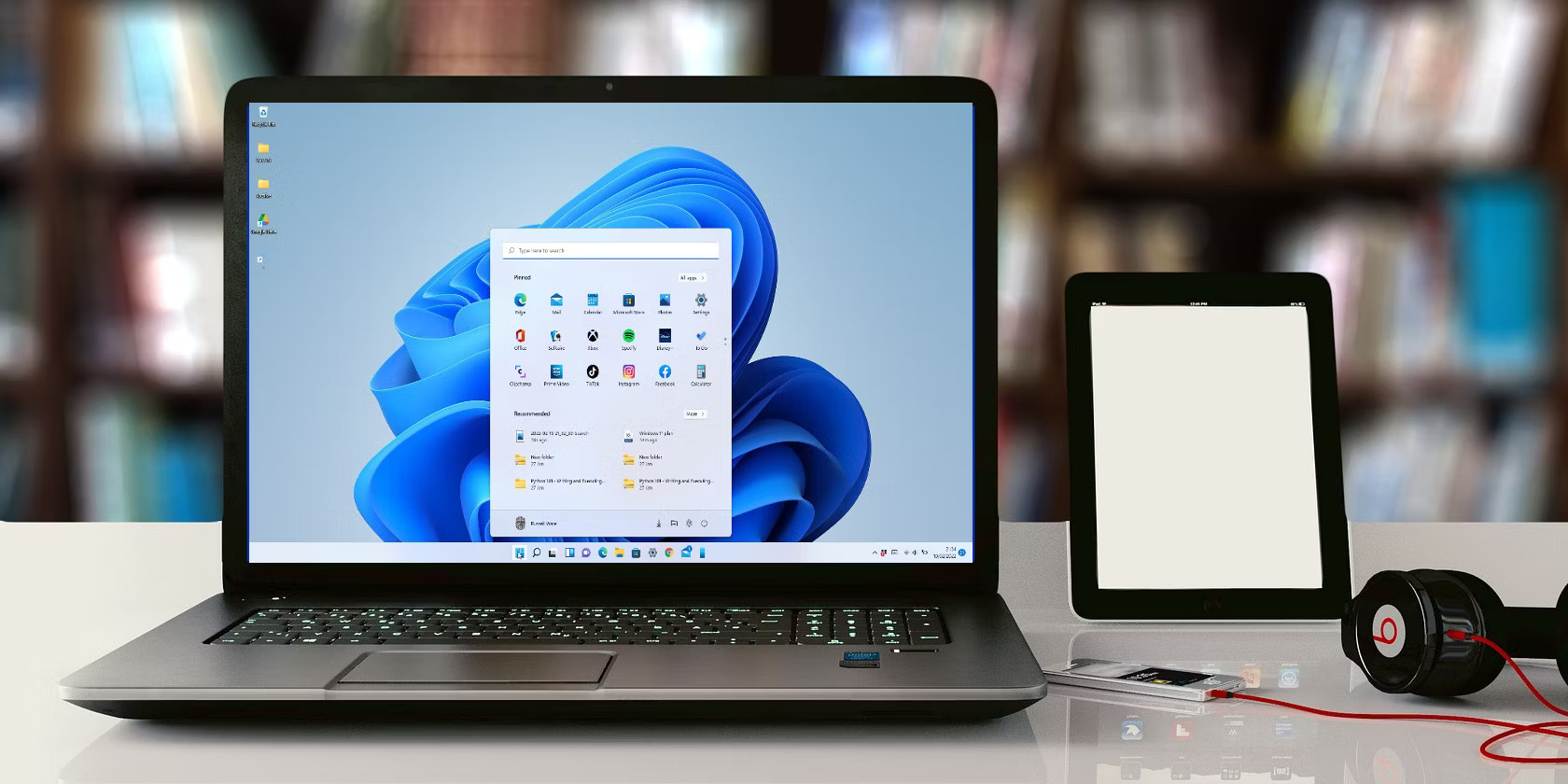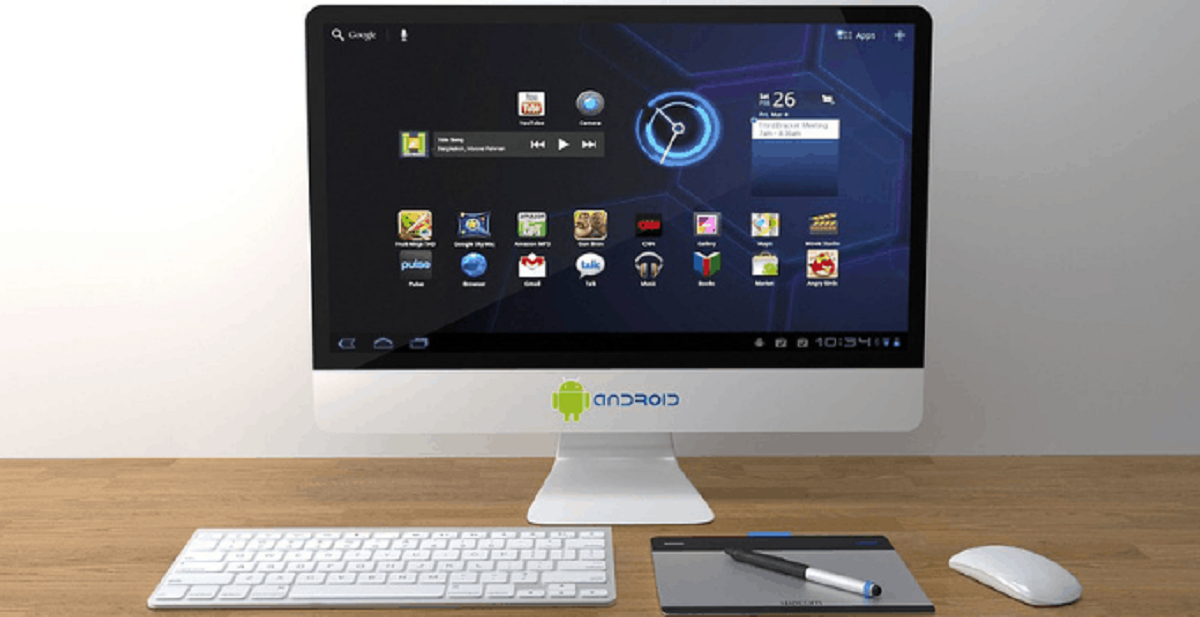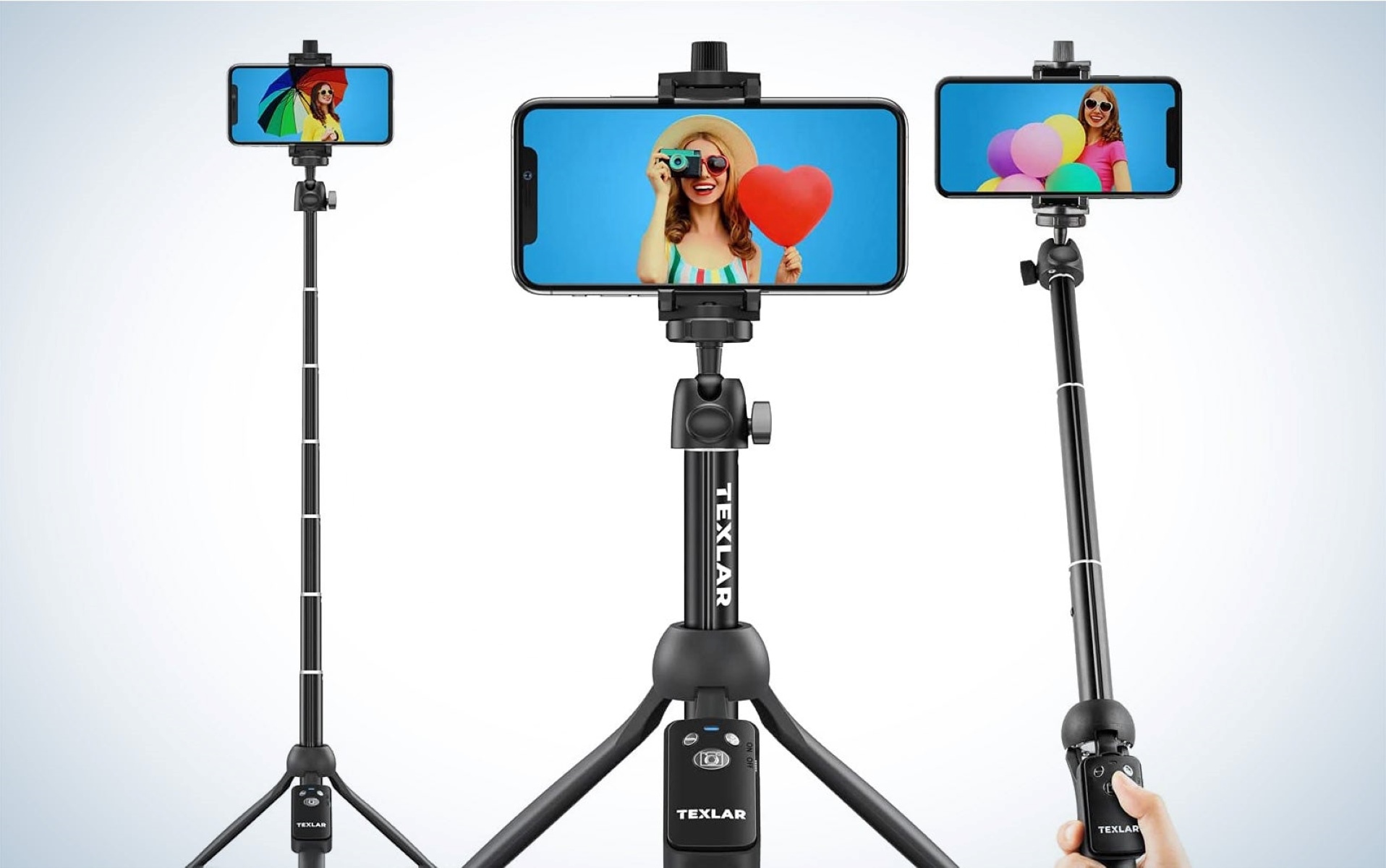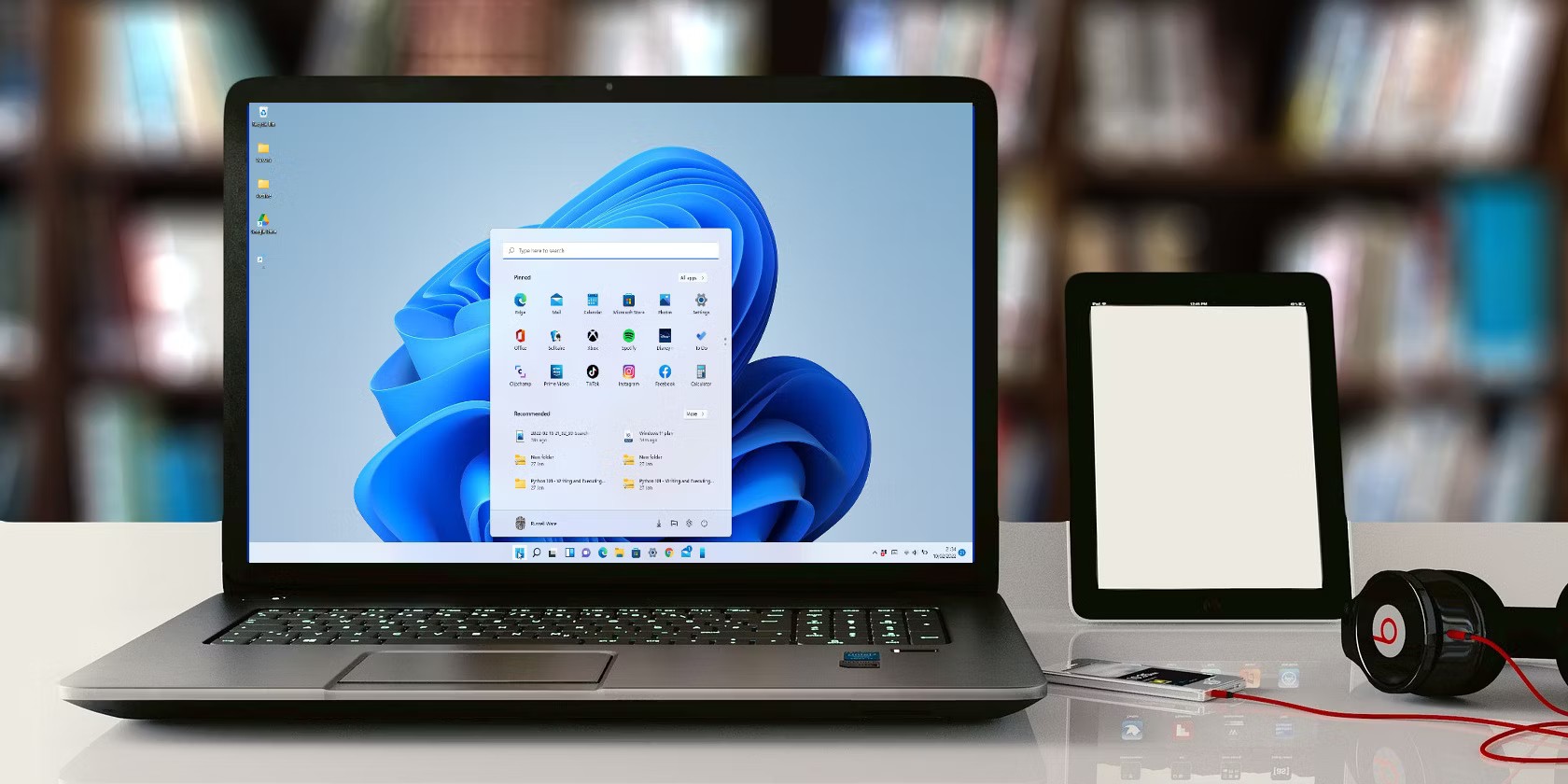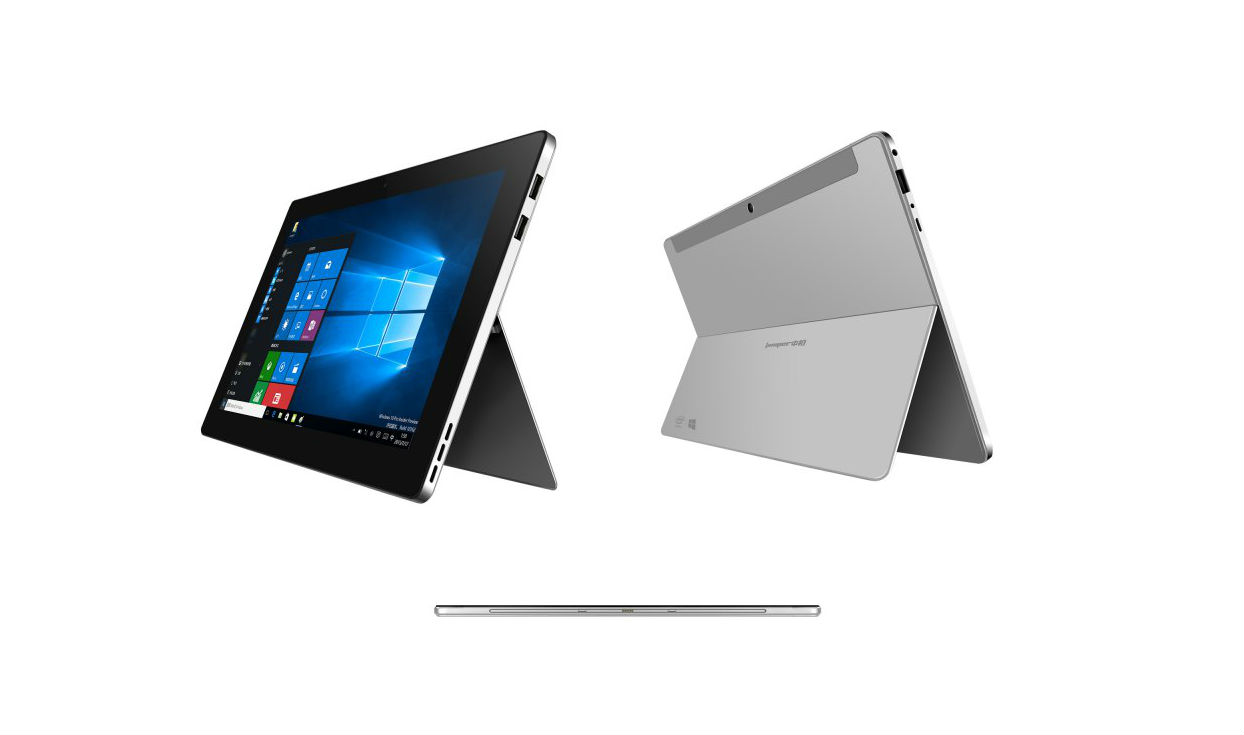Introduction
Transferring files from a PC to an Android tablet can be a useful and convenient way to access important documents, media files, and other data on the go. Whether you need to transfer documents for work, music files for entertainment, or photos to share with friends, there are various methods you can use to accomplish this task. In this article, we will explore several methods for transferring files from a PC to an Android tablet, catering to different preferences and situations.
Before we delve into the details, it’s important to note that the methods mentioned here are applicable to most Android tablets. However, depending on the specific make and model of your tablet, the availability and functionality of certain features might vary. It’s always a good idea to consult your tablet’s user manual or manufacturer’s website for specific instructions if you encounter any issues during the file transfer process.
With that said, let’s explore the different methods you can use to transfer files from your PC to your Android tablet. We will cover using a USB cable, utilizing cloud storage services, employing Bluetooth technology, utilizing file transfer apps, and using a microSD card as potential options. Each method has its own advantages and considerations, so you can choose the one that suits your requirements and preferences best.
By the end of this article, you will have a clear understanding of various methods to transfer files from a PC to an Android tablet, allowing you to conveniently manage and access your files across different devices. So, without further ado, let’s dive into the details and get started with the first method: using a USB cable.
Using a USB cable
One of the most straightforward methods for transferring files from a PC to an Android tablet is by using a USB cable. This method allows for a direct and secure connection between the two devices, facilitating fast file transfers without relying on an internet connection.
To start the process, you will need a USB cable that is compatible with your Android tablet. Most Android tablets use either a micro USB or a USB-C port for charging and data transfer. Ensure you have the correct cable that matches your tablet’s port.
Once you have the USB cable, follow these steps:
- Connect one end of the USB cable to your tablet’s charging port.
- Connect the other end of the USB cable to an available USB port on your PC.
- On your tablet, you may see a notification indicating that it is connected to a PC via USB. Tap on that notification and choose the option for file transfer (sometimes labeled as File Transfer, MTP, or Media device).
- On your PC, navigate to “This PC” or “My Computer” and look for the connected tablet. It should appear as a removable storage device.
- Double-click on the tablet’s icon to open it and access its internal storage.
- To transfer files from your PC to the tablet, simply drag and drop the desired files or folders from your PC to the tablet’s storage folder. You can also right-click on the file or folder and select “Copy” and then navigate to the tablet’s storage folder and right-click and select “Paste”.
- Wait for the file transfer to complete. The duration will depend on the size and number of files being transferred.
Once the transfer is complete, safely eject the tablet from your PC by right-clicking on its icon and selecting “Eject” or “Safely Remove”. You can then disconnect the USB cable from both devices.
Using a USB cable provides a reliable and direct method for transferring files between your PC and Android tablet. It enables you to transfer large files quickly and efficiently without the need for an internet connection. However, it is important to note that this method requires physical connectivity and may not be the most convenient option if you need to transfer files frequently or remotely.
Now that you know how to transfer files using a USB cable, let’s explore another method: utilizing cloud storage services.
Using a cloud storage service
Cloud storage services have become increasingly popular for file sharing and syncing across devices. By utilizing a cloud storage service, you can easily transfer files from your PC to your Android tablet and access them from anywhere with an internet connection.
There are various cloud storage service providers available, such as Google Drive, Dropbox, OneDrive, and iCloud. These services offer a certain amount of storage space for free, with the option to purchase additional storage if needed. To transfer files using a cloud storage service, follow these steps:
- Create an account with the cloud storage service of your choice and install the corresponding app or desktop client on both your PC and Android tablet.
- On your PC, open the cloud storage service app or access it through a web browser.
- Upload the desired files from your PC to your cloud storage account. This can typically be done by dragging and dropping the files into the cloud storage interface or using the designated upload button.
- Once the upload is complete, open the cloud storage app on your Android tablet.
- Navigate to the files you uploaded and tap on them to download them to your tablet. Some apps may provide the option to select multiple files for simultaneous downloading.
Depending on the size of the files and your internet connection speed, the download process may take some time. Once the files are downloaded to your Android tablet, you can access them whenever you need them, even without an internet connection.
Using a cloud storage service offers several advantages. It allows for seamless synchronization of files across multiple devices, making it easy to access and share files wherever you are. Additionally, cloud storage services often provide features like file versioning and collaboration, enhancing productivity and file management capabilities.
However, it’s important to note that using a cloud storage service for file transfer requires an internet connection. If you have limited or no access to the internet, this method may not be suitable for you. Also, keep in mind that free cloud storage options typically have limited storage capacity, so you may need to upgrade to a paid account if you have large files or require additional storage space.
Now that you have learned how to transfer files using a cloud storage service, let’s explore another method: utilizing Bluetooth technology.
Using Bluetooth
Bluetooth technology provides a wireless and convenient method for transferring files between devices that are in close proximity to each other. Most Android tablets come with built-in Bluetooth functionality, allowing you to transfer files from your PC without the need for cables or an internet connection.
To transfer files using Bluetooth, follow these steps:
- On your PC, ensure that Bluetooth is enabled. You can typically do this by accessing the system settings or taskbar notification area.
- On your Android tablet, go to Settings and locate the Bluetooth menu. Enable Bluetooth if it isn’t already.
- On your PC, search for available Bluetooth devices. This process may vary depending on the operating system you’re using. Look for your tablet’s name in the list of available devices and select it.
- Your tablet will display a prompt to accept or reject the incoming Bluetooth connection request. Tap on “Accept” to establish the connection.
- Once the connection is established, you can start transferring files. On your PC, right-click on the file or folder you want to transfer and select “Send to” or “Share” > “Bluetooth”. Choose your tablet as the target device.
- On your Android tablet, you will receive a notification prompting you to accept the incoming file transfer. Tap on “Accept” to initiate the file transfer.
- Wait for the file transfer to complete. The duration will depend on the size of the file being transferred.
Bluetooth file transfer is suitable for small to medium-sized files and is a convenient option when you are in close proximity to your PC. However, it is important to note that the transfer speed is generally slower compared to other methods like using a USB cable. Therefore, it may not be the most efficient option for large files or frequent transfers.
It’s worth mentioning that some older PCs or Android tablets may have limitations regarding Bluetooth file transfers. In such cases, it might be necessary to use alternative methods or consider updating your devices to ensure compatibility.
Now that you have learned how to transfer files using Bluetooth, let’s explore another method: utilizing a file transfer app.
Using a file transfer app
File transfer apps provide a convenient and efficient way to transfer files between your PC and Android tablet wirelessly. These apps utilize your local Wi-Fi network to establish a connection between the devices, allowing for fast and seamless file transfers without the need for cables or an internet connection.
There are various file transfer apps available on the Google Play Store, such as AirDroid, Pushbullet, and ShareMe (formerly Mi Drop). These apps usually require installation on both your PC and Android tablet for optimal functionality. Follow these steps to transfer files using a file transfer app:
- Download and install the file transfer app of your choice on both your PC and Android tablet.
- Launch the app on both devices and follow the on-screen instructions to set up a connection.
- Once the connection is established, you can start transferring files. In most apps, you will have a file browsing interface on both devices. Simply select the files or folders you want to transfer and initiate the transfer process.
- Wait for the file transfer to complete, which usually happens quickly over a local Wi-Fi network.
File transfer apps often offer additional features and functionalities beyond simple file transfers. These may include the ability to manage your files, send text messages, receive notifications from your Android tablet on your PC, and more. Explore the app’s settings and features to make the most of your file transfer experience.
Using a file transfer app eliminates the need for physical connection or internet access, providing a convenient solution when you need to transfer files wirelessly. However, it’s important to ensure that both your PC and Android tablet are connected to the same Wi-Fi network for the app to function properly. Additionally, keep in mind that the transfer speed and overall performance may vary depending on the capabilities of your devices and the quality of your Wi-Fi connection.
Now that you have learned how to transfer files using a file transfer app, let’s explore another method: utilizing a microSD card.
Using a microSD card
If your Android tablet has a microSD card slot, you can utilize this feature to transfer files from your PC. A microSD card provides a portable, removable storage option that can be easily inserted and accessed on both your PC and Android tablet.
To transfer files using a microSD card, follow these steps:
- Insert the microSD card into the card slot on your PC. If your PC does not have a built-in card slot, you can use an external card reader.
- Once the microSD card is inserted, it will appear as a removable storage device on your PC.
- Copy or drag and drop the desired files or folders from your PC to the microSD card.
- Once the file transfer is complete, safely eject the microSD card from your PC.
- Insert the microSD card into the card slot on your Android tablet.
- Open the file manager or gallery app on your Android tablet and navigate to the microSD card storage.
- You should be able to access the transferred files and use them as needed.
Using a microSD card offers a portable and straightforward method for transferring files between devices. It allows for easy storage and transfer of large files, making it an ideal solution when you need to quickly access files on the go.
It’s important to ensure compatibility between your microSD card and your Android tablet. Check the supported capacity and file system format of your tablet’s microSD card slot to ensure proper functionality.
Additionally, keep in mind that some Android tablets may have limited or no support for microSD cards. In such cases, alternative methods like using a USB cable or a file transfer app may be a more suitable option. Consult your tablet’s user manual or manufacturer’s website for specific information regarding microSD card compatibility and usage.
Now that you have learned how to transfer files using a microSD card, you have explored various methods for transferring files from a PC to an Android tablet. Each method offers its advantages, so choose the one that suits your preferences and device capabilities best. Whether you prefer a direct USB connection, the convenience of cloud storage, the wireless transfer of Bluetooth, the versatility of a file transfer app, or the portability of a microSD card, you now have the knowledge to transfer files seamlessly between your PC and Android tablet.
Conclusion
Transferring files from a PC to an Android tablet is a common task that can be accomplished using various methods depending on your preferences and device capabilities. Whether you prefer a direct USB connection, the convenience of cloud storage, the wireless transfer of Bluetooth, the versatility of a file transfer app, or the portability of a microSD card, there is a method suitable for your needs.
Using a USB cable provides a reliable and direct connection between your PC and Android tablet, allowing for fast and secure file transfers. Meanwhile, cloud storage services offer seamless synchronization and accessibility across devices, making it easy to manage and access files remotely. Bluetooth provides a wireless option for transferring files when devices are in close proximity, although it is typically slower than other methods. File transfer apps utilize local Wi-Fi networks to facilitate quick and efficient file transfers, often offering additional features for device management. Lastly, utilizing a microSD card provides a portable solution for transferring and accessing files on the go.
When choosing the appropriate method, consider factors such as file size, transfer speed, internet connectivity, device compatibility, and personal preference. Ensure that your specific Android tablet model supports the chosen method and consult the manufacturer’s documentation if needed.
By following the instructions provided in this article, you can easily transfer files between your PC and Android tablet, streamlining your workflow and ensuring seamless access to your important documents, media files, and other data. Experiment with different methods to find the one that suits your needs and preferences best. With efficient file transfers, you can efficiently manage and enjoy your files across devices, enhancing your productivity and convenience.
Now that you have a comprehensive understanding of the various methods available, you are well-equipped to transfer files from your PC to your Android tablet effortlessly. Choose the method that works best for you and start enjoying the convenience of accessing your files on the go.







